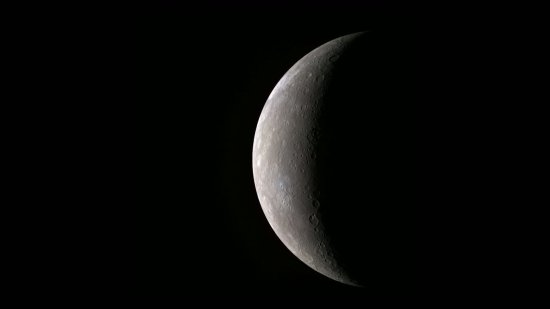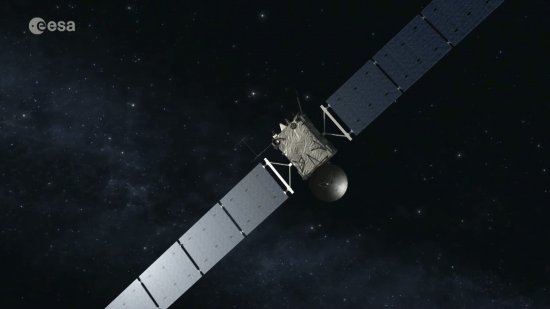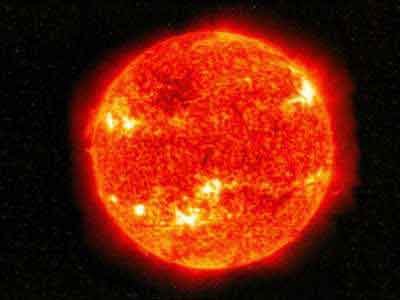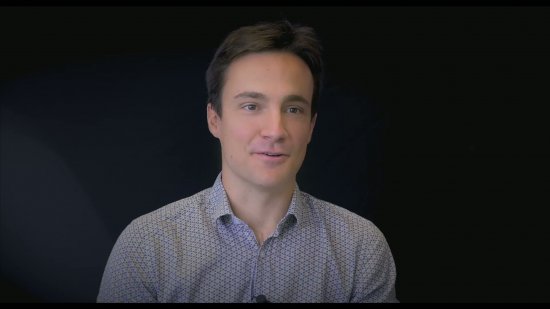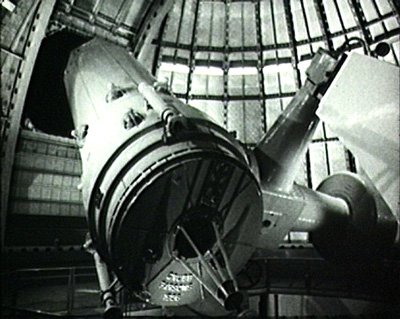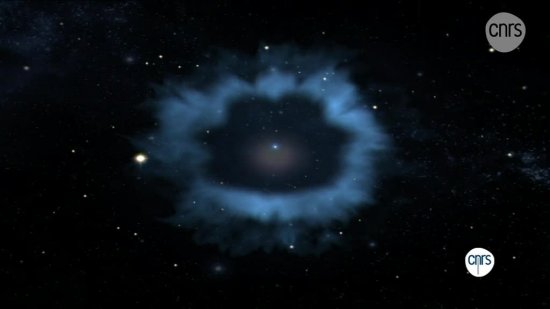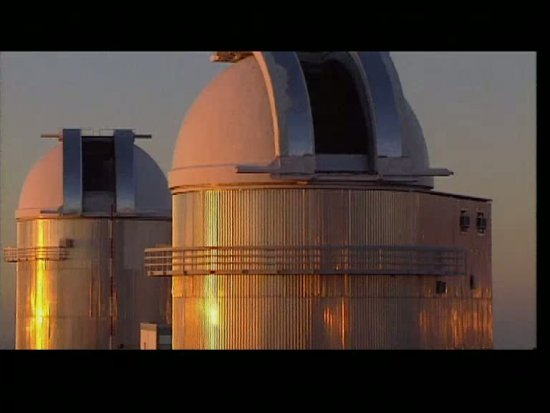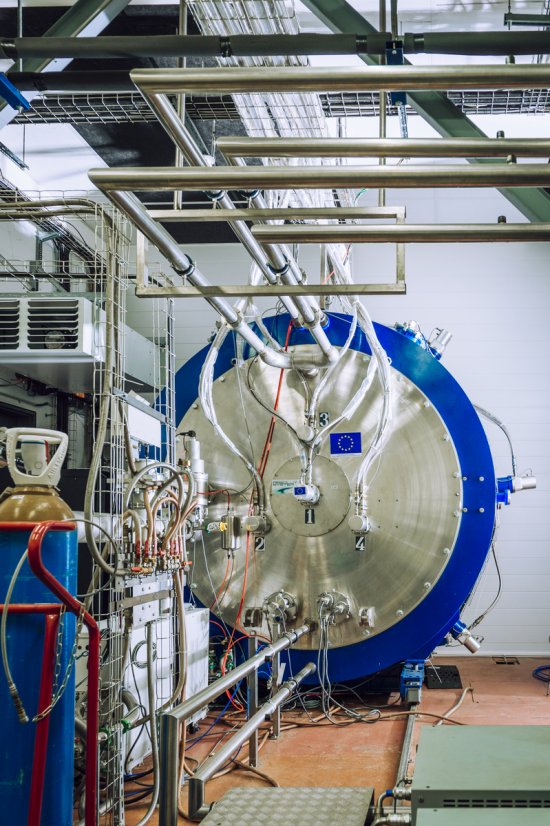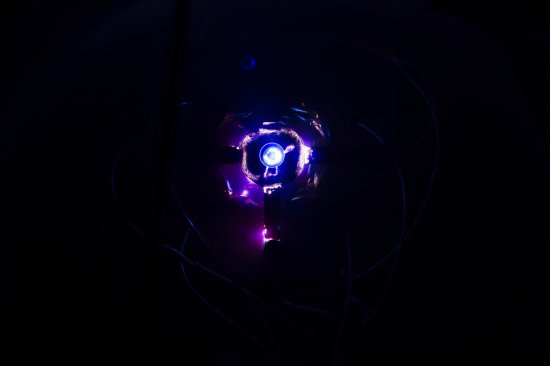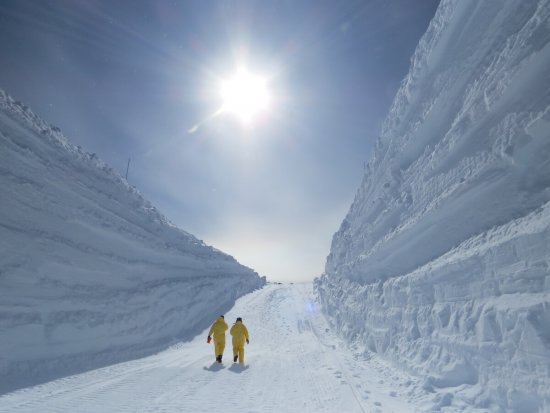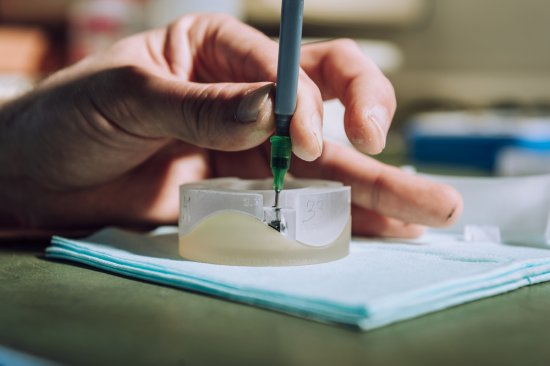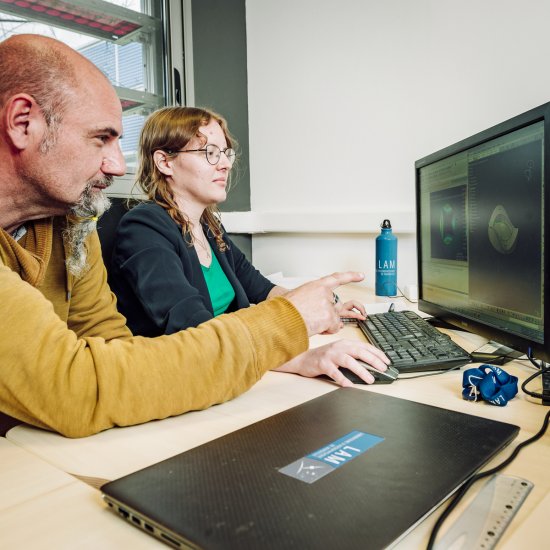Series
Facing the Universe, a Dive into Space Research
This three-part series features three major international space exploration missions into the solar system.
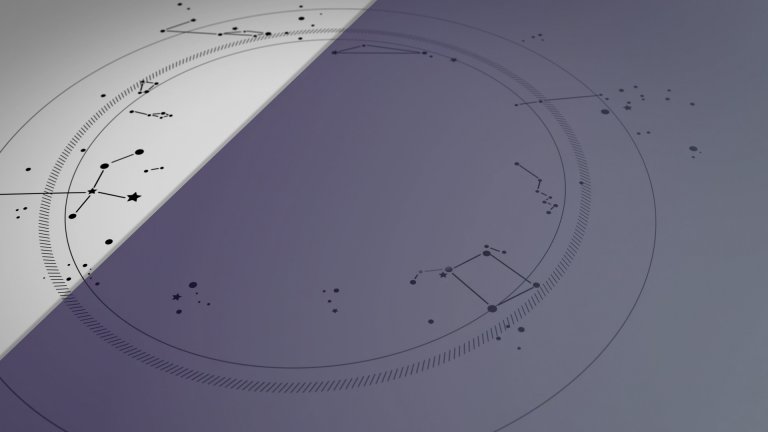
The first episode is about "Mars Express", a mission to explore Planet Mars launched in 2003. The second one focuses on the Rosetta probe, which performed a study of the comet Churiumov-Guerasimenko from 2014 to 2016, and the third one on the "BepiColombo” mission, which was launched in 2018 to investigate Planet Mercury. Each film will take you behind the scenes of the three laboratories involved in the design of on-board instruments: LATMOS (Laboratoire Atmosphères et observations spatiales/Atmospheres and space observations laboratory), LESIA (Laboratoire d'études spatiales et d'instrumentation en astrophysique/laboratory for space studies and instrumentation for astrophysics) and the IAS institute (Institut d'astrophysique spatiale/space astrophysics institute).
CNRS Images,
Our work is guided by the way scientists question the world around them and we translate their research into images to help people to understand the world better and to awaken their curiosity and wonderment.

